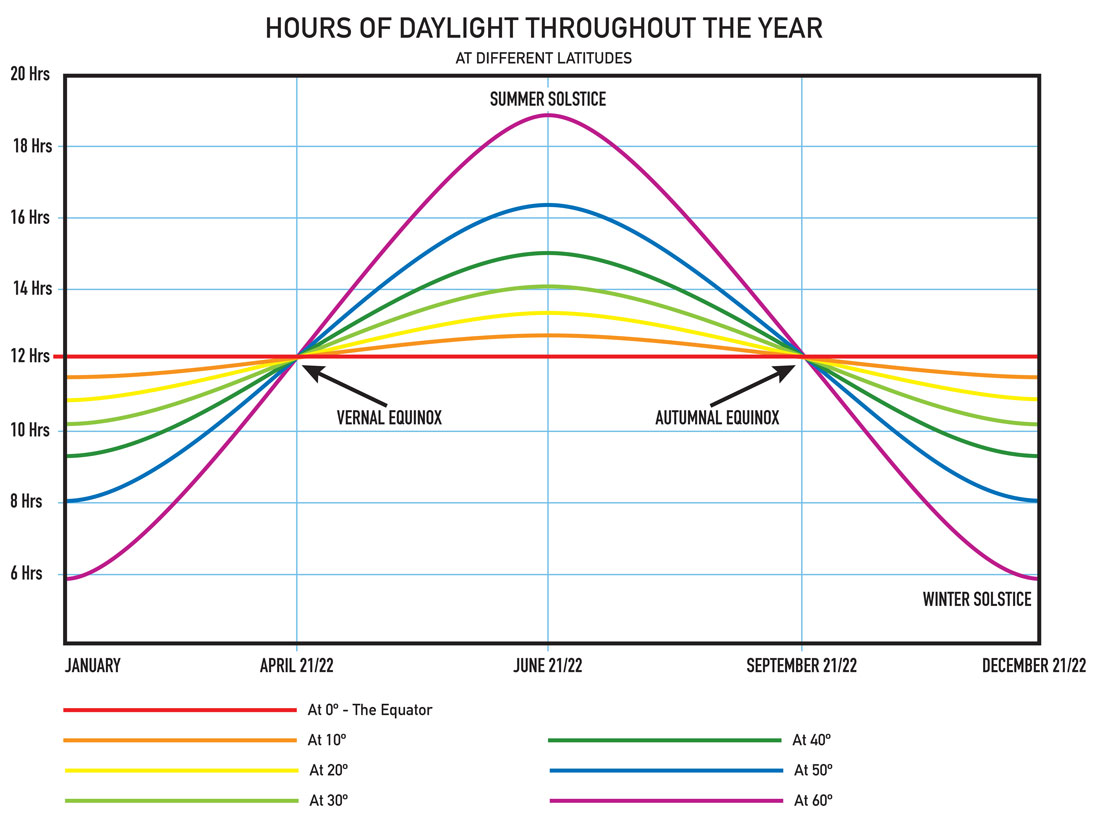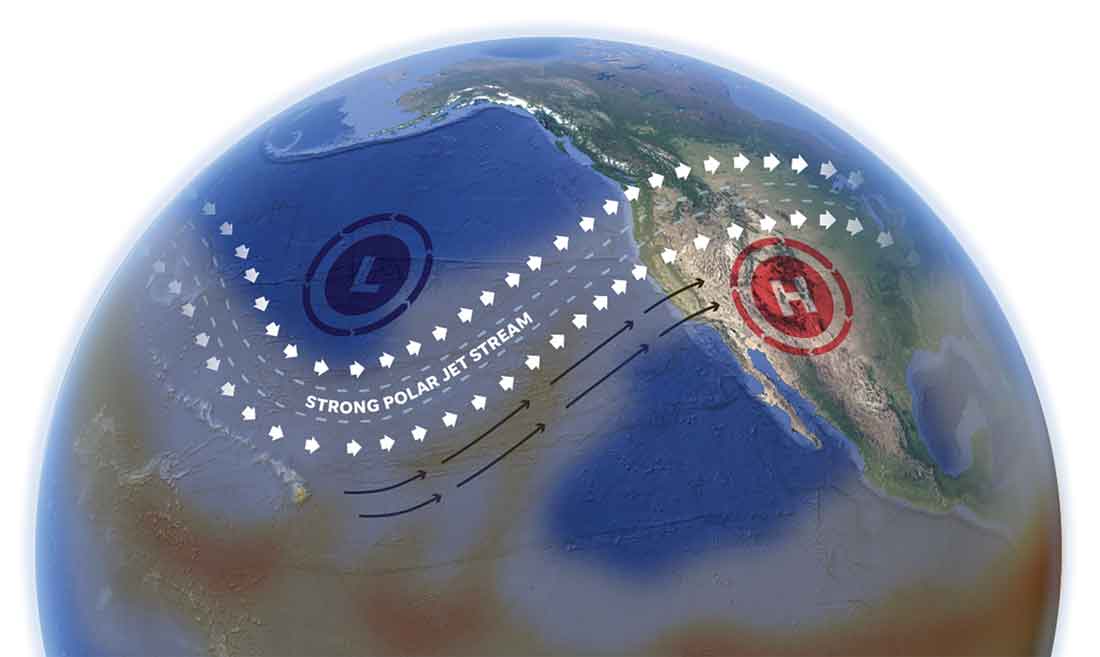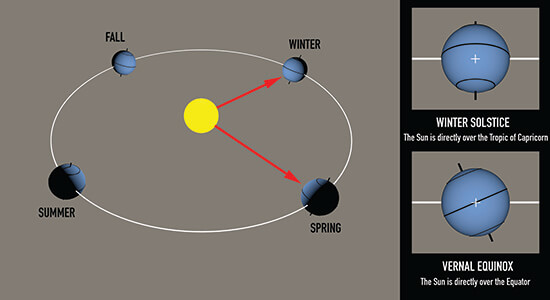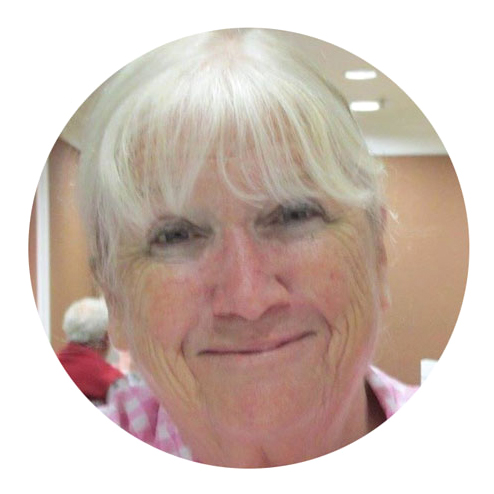The Autumnal Equinox
What is an equinox?
In the simplest terms, an equinox is one of two days a year when every place on Earth receives roughly 12 hours of daylight and 12 hours of darkness.
For people on or near the Equator, thatâs no big whoop because that is pretty much every day of the year. For those of us with latitude however, that perfect balance of day and night only happens once in the spring and once in the fall when we are halfway between the solstices, or the high and low points of the sun in the sky during the course of a year.
Ever notice how the summer goes along and the length of the day seems pretty much the same, day-by-day, and then, all of a sudden, the days are noticeably getting shorter? There is a reason for that. This isnât just because you werenât paying attention. The rate of change is actually increasing at the equinoxes. If you chart the hours of daylight over the course of the year, the result approximates a sine wave. If you are like me and struggled through trig in high school, see the chart. The steep part of the wave represents the fastest rate of changeâand the steepest part of the wave is when the wave passes over the 12-hour markâor right at the equinoxes. So, you didnât imagine it, the days are getting shorter faster!
As you can see from the chart, the rapid change of daylight gets more pronounced the further north (or south) one goes from the equator. Once across the arctic circle at about 66Âș, the hours of daylight peak at 24 and you have arrived in the land of the midnight sun.
I spent an equinox in the Brooks Range in Alaska well north of the arctic circle and the rate of seasonal change is mind blowing. One day it was warm and sunny with lush green foliage, it snowed the next day, and on the third day fall colors were everywhere. The transition from 24 hours of sun to 24 hours of darkness races along like an avalanche. The whole world up there takes a shuddering gasp in preparation for the long, cold night of winter. It is a profound experience.
Hereâs a fun website that will chart out your hours of sunlight based on the latitude and the local topography of the place you pick: solartopo.com/daylength-course-of-the-year.htm.
You will sometimes hear September 22 listed as the autumnal equinox, and sometimes the 23rd. This has to do with where you are on Earth, what time zone you are in, and the fact that Earthâs orbital period around the sun is 365.256 days and we have to cook the books with a leap year every now and then.
We have the crazy, cock-eyed tilt of the Earthâs rotational axis to thank for our seasons. If the Earthâs axis was perfectly perpendicular to the plane of our orbit around the Sun, we would all be like the equator is now, 12 hours of sun and 12 hours of dark all year long. But because we race around the Sun at a 23.5Âș slant, we get our seasons.
The amplitude or height of the wave is determined by the observerâs latitude. Topanga is at about 34Âș north, so we are between the dark green and blue lines.

















